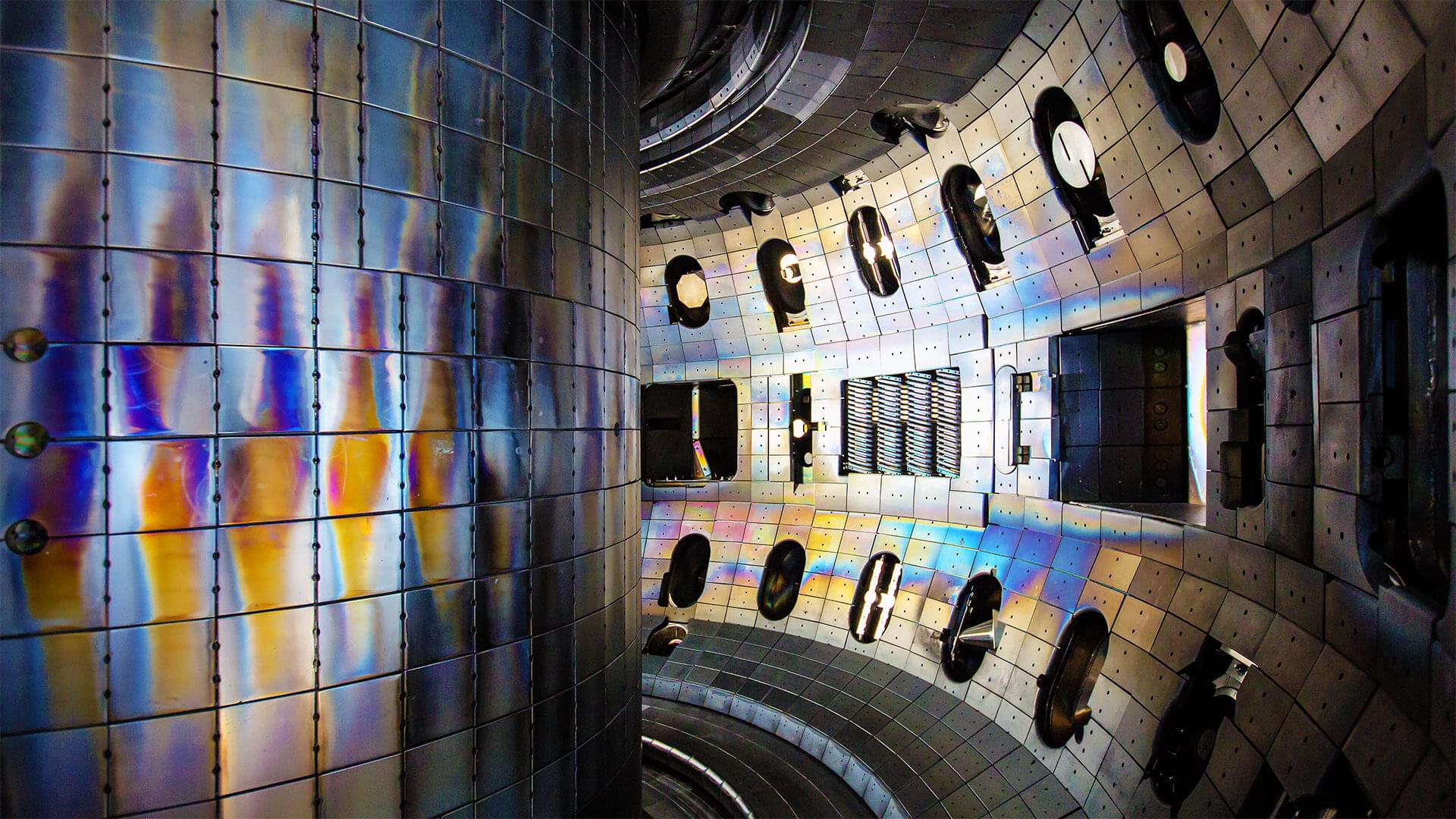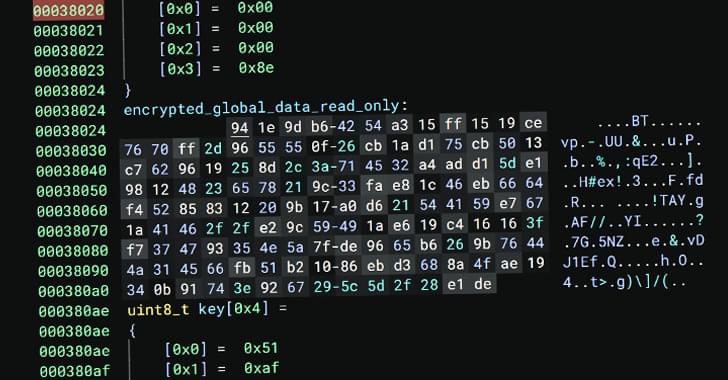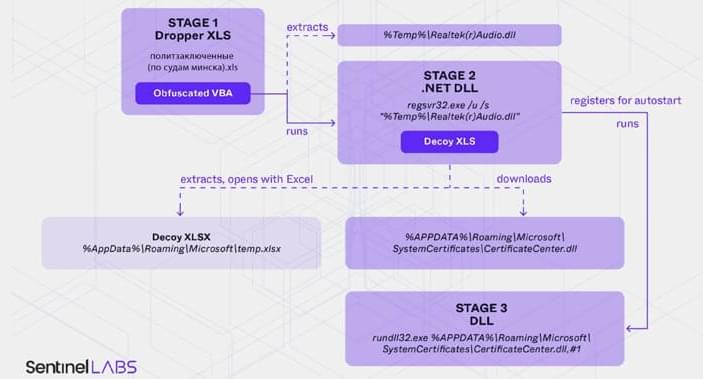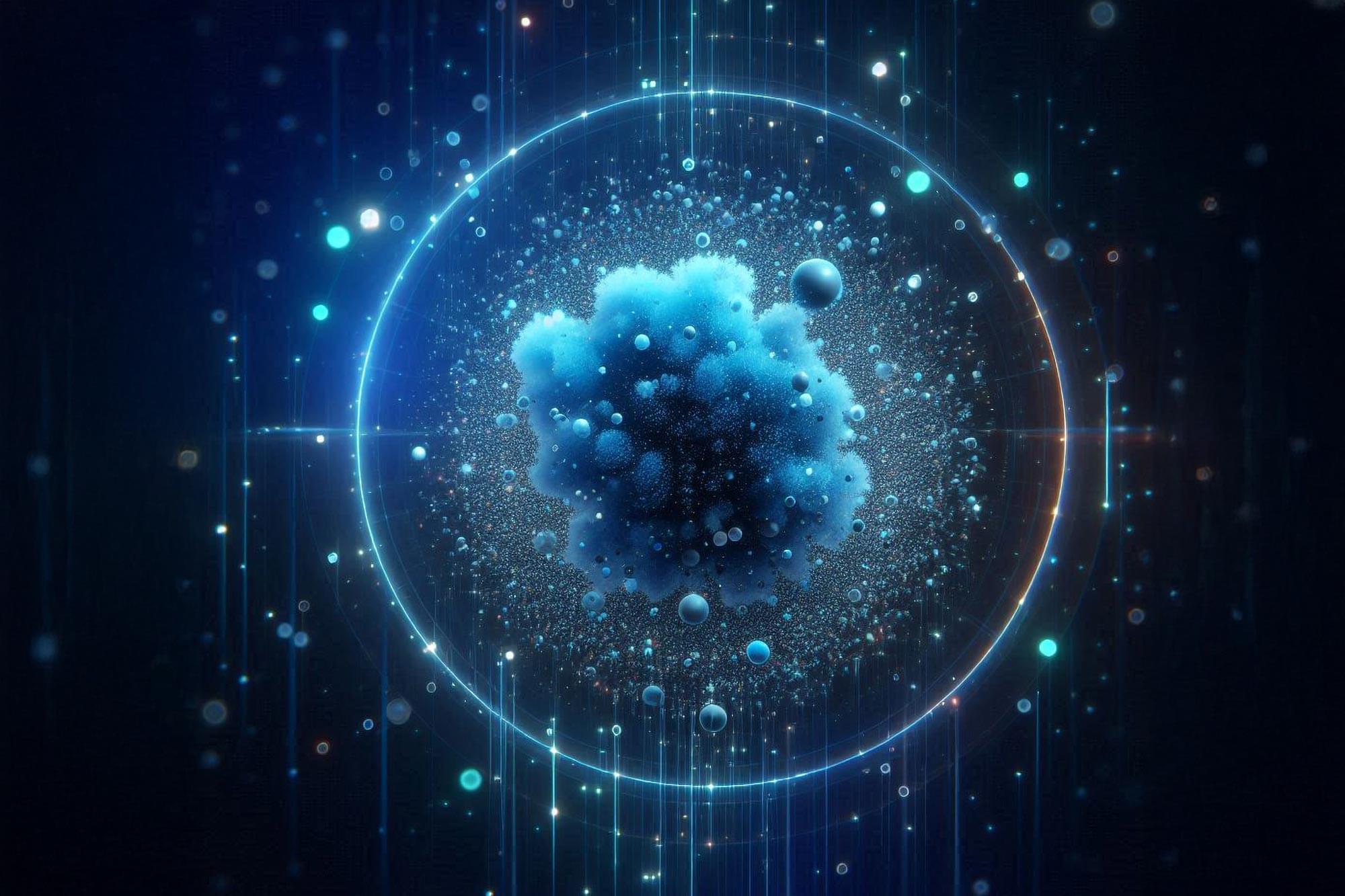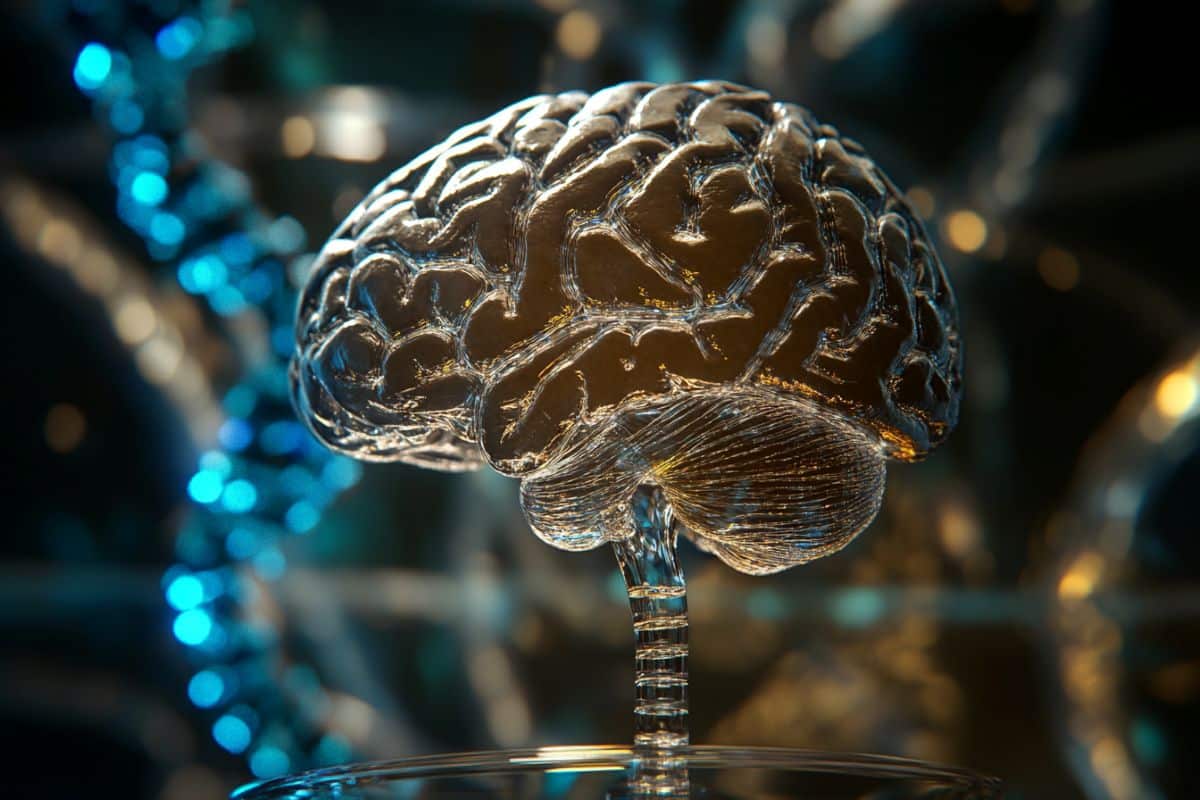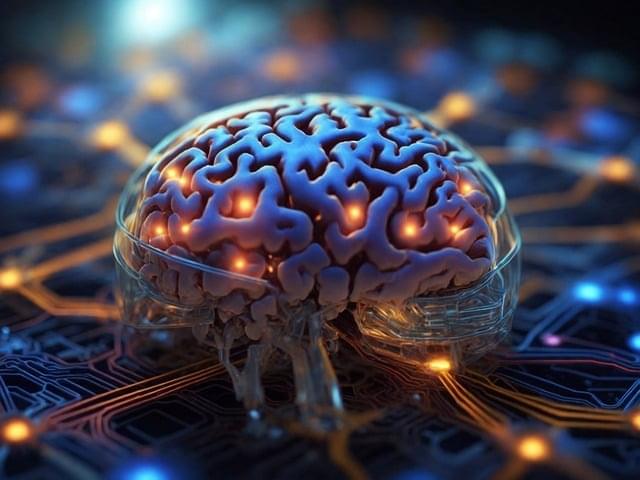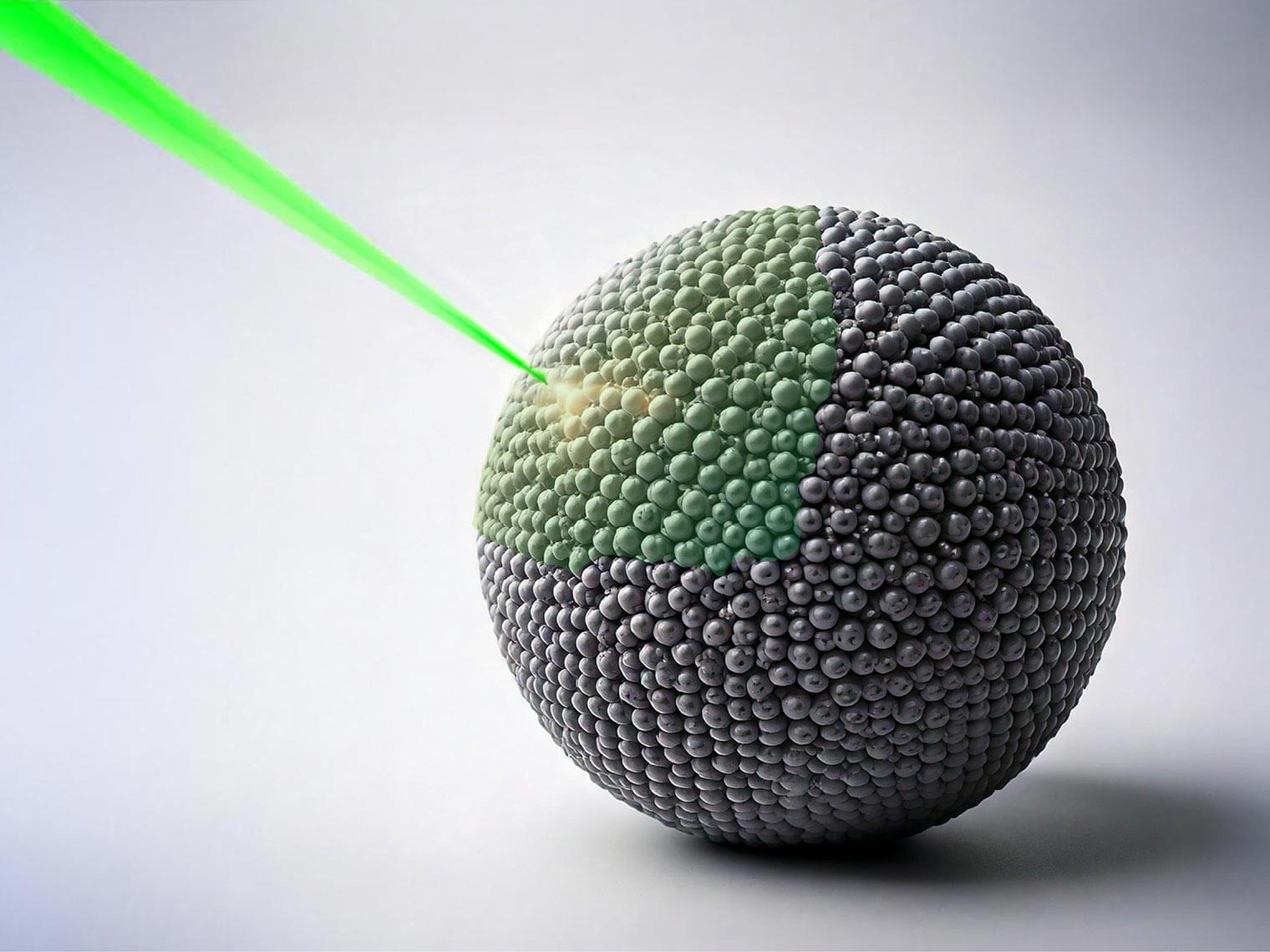To develop a practical fusion power system, scientists need to fully understand how the plasma fuel interacts with its surroundings. The plasma is superheated, which means some of the atoms involved can strike the wall of the fusion vessel and become embedded. To keep the system working efficiently, it’s important to know how much fuel might be trapped.
“The less fuel is trapped in the wall, the less radioactive material builds up,” said Shota Abe, a staff research physicist at the U.S. Department of Energy’s (DOE) Princeton Plasma Physics Laboratory (PPPL).
Abe is the lead researcher on a study published in Nuclear Materials and Energy. The study looks specifically at how much deuterium —thought to be one of the best fuels for fusion —might get stuck in the boron-coated, graphite walls of a doughnut-shaped fusion vessel known as a tokamak. Boron is used in some experimental fusion systems to reduce plasma impurities. However, researchers do not fully understand how a boron coating might impact the amount of fusion fuel that leaves the plasma and becomes embedded in the vessel walls.
